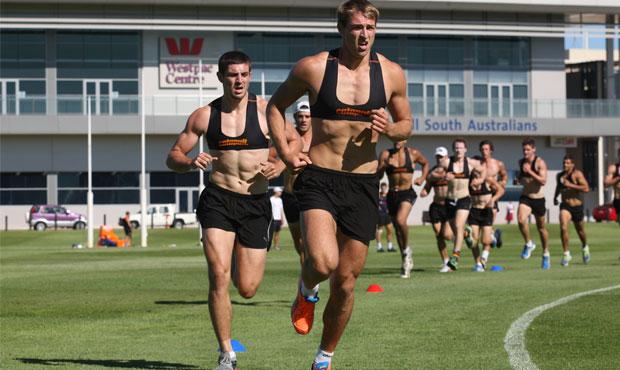When planning a training year, the three (3) phases of competition are often used to guide the focus of the training program. The phases of competition are all mesocycles (multi-week training cycles):
Pre-season phase of competition
This phase of competition (also known as the preparation phase) is the period before competition where the trainer focuses on developing the basis or fundamentals required in the sport. If the pre-season phase is long enough (6-10 weeks) is will be broken into general and specific mesocycles.
During the general mesocycle the training program will usually focus on general body fitness, including muscular strength, muscular endurance, cardiovascular endurance, and general body conditioning. As the program transitions into the specific phase of preparation, training begins to focus on more sport specific aspects of training. This will include the development of sport specific skills, such as power, speed, ball control, or specialised movements.
In-season phase of competition
The in season or competition phase can be very short or quite long depending on the type of sport. For example, the tennis competition phase may only last 2-4 weeks during a tournament, while netball goes for six (6) months. During this phase of competition, training shifts its focus to strategy and tactics, while still maintaining skill and sport specific fitness levels. The volume of training during competition often decreases, especially during competitions that have matches every 2-3 days such as a tennis tournament.
Off-season phase of competition
The off-season or transition phase of competition immediately follows the competition phase, and focuses on relaxation and recovery. Training volume and intensity decrease, and may even become non-existent for a period of time. This phase allows the athlete to recover from the intensities of competition, before they once again begin to increase training volume and intensity in the pre-season.
These three (3) phases of competition are used by trainers and coaches in order to ensure the athlete is peaking at the correct time.

